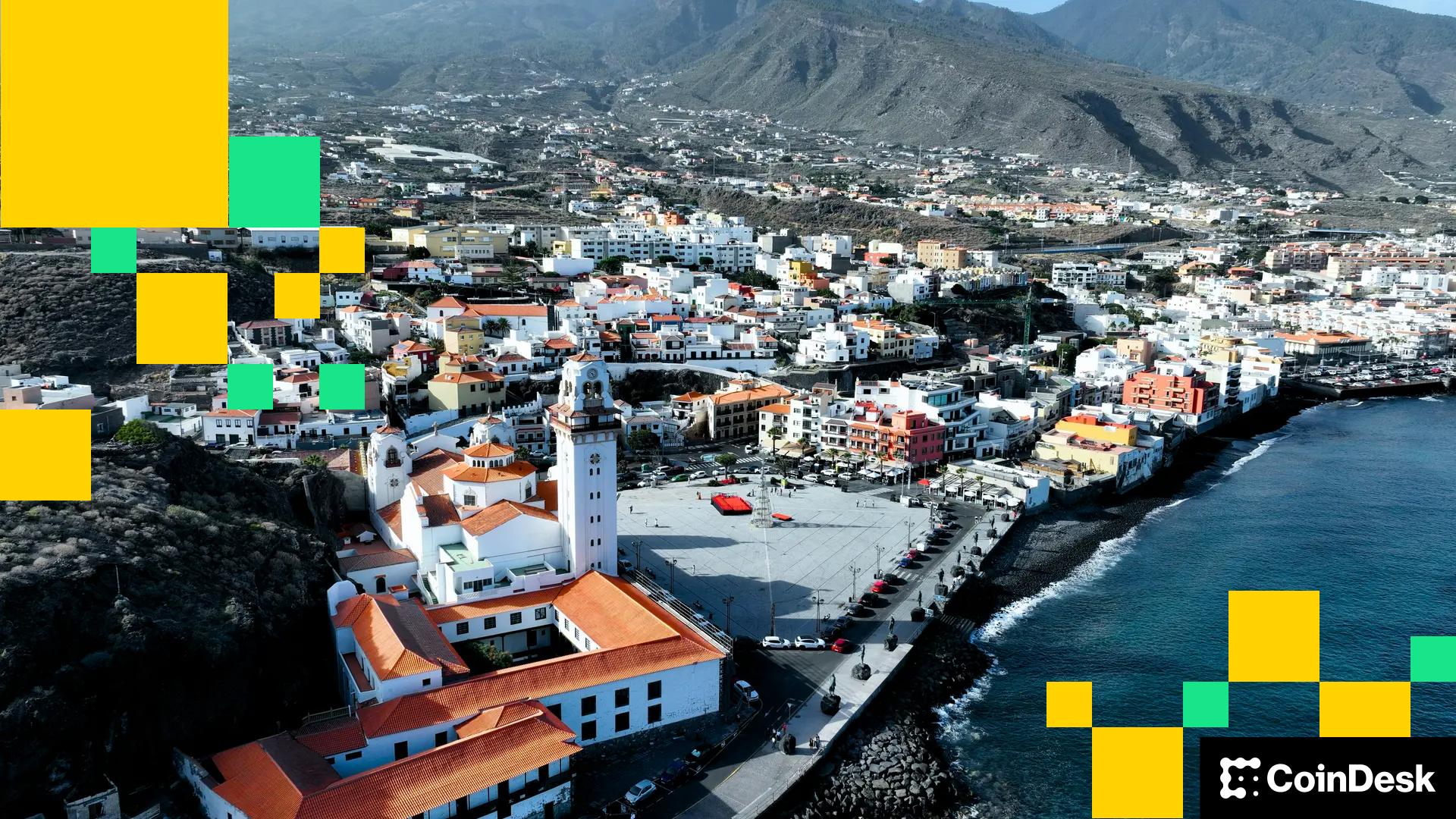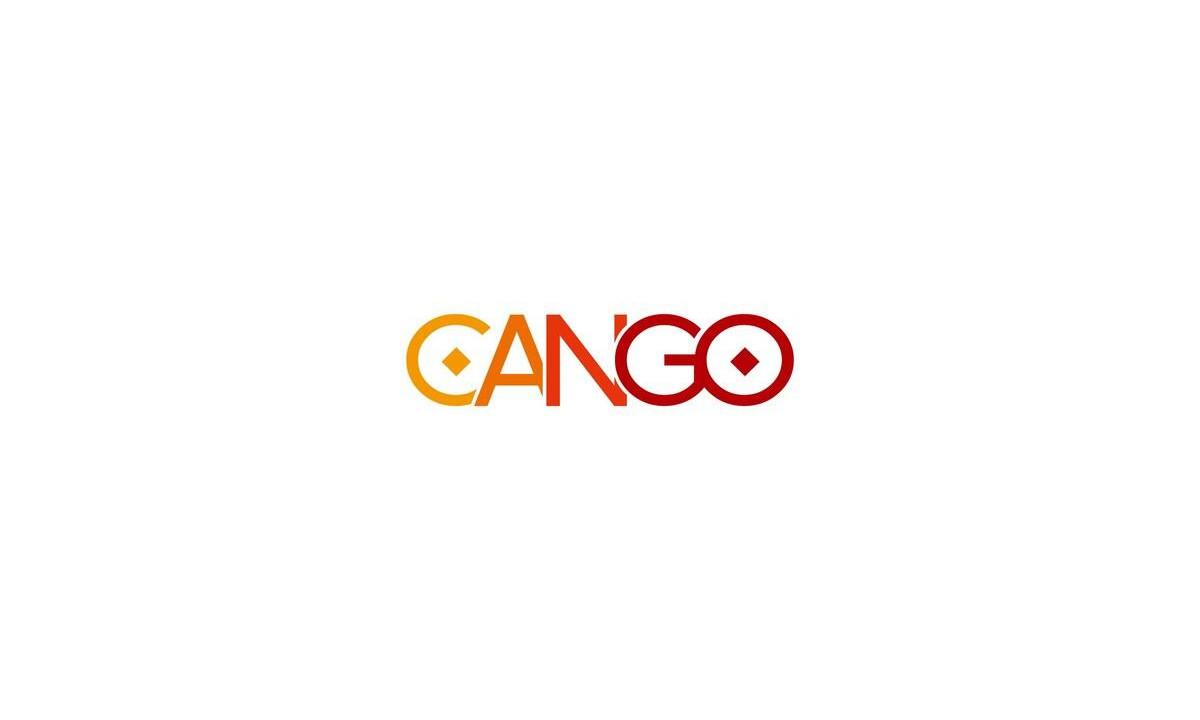Ripple’s latest move has the financial world talking. The company’s application for a US national banking charter has entered public review, sparking debate about what it could mean for the future of blockchain-powered payments.
Industry observers noted that Ripple’s name now appears on the registry of the Office of the Comptroller of the Currency (OCC) under “Ripple National Trust Bank”.
Analysts said this development could have major implications, not only for the company, but also for XRP, the digital token that underpins Ripple’s global payments network.
Many in the sector saw the move as a sign that blockchain technology was moving closer to mainstream finance. Others suggested it could mark a pivotal moment in the long-awaited convergence between digital assets and traditional banking supervision.
Ripple’s banking charter and its meaning
Ripple CEO Brad Garlinghouse announced the charter application in July 2025. The OCC later confirmed it was reviewing the filing.
If approved, Ripple would operate as a national trust bank, subject to direct federal supervision and with authority to provide custody and settlement services for digital and traditional assets.
The OCC typically takes about 120 days to review such applications, suggesting an initial decision window around October 2025.
Federal oversight would place Ripple in the same regulatory framework as traditional financial institutions, improving trust among banks and asset managers that have until now been hesitant to adopt blockchain-based solutions due to compliance concerns.
A charter could allow Ripple to hold RLUSD reserves directly at the Federal Reserve, providing transparency and strengthening its position in US financial markets.
Together, these factors could bolster XRP’s role as a bridging asset for cross-border payments and institutional liquidity.
The case of XRP at $10
The prediction that XRP could rise to $10 was based on the belief that Ripple’s proposed banking charter would ignite institutional demand.
Analysts noted that limited supply, clearer regulation and increased network usage could help drive up prices.
They explained that the total supply of XRP was fixed, meaning that scarcity could become a driving force if banks and corporations began using the token as a liquidity tool for international payments. They said such adoption would likely create continued upward pressure on its value.
The potential charter, according to market experts, would also remove one of the biggest obstacles to large-scale participation: regulatory uncertainty. With official oversight in place, institutional actors could finally participate with greater confidence.
Additionally, broader use of Ripple’s payments network could generate powerful network effects, increasing both the utility and trading volumes of XRP.
While opinions varied on the likelihood of that scenario, most agreed that Ripple’s charter filing represented a watershed moment.




